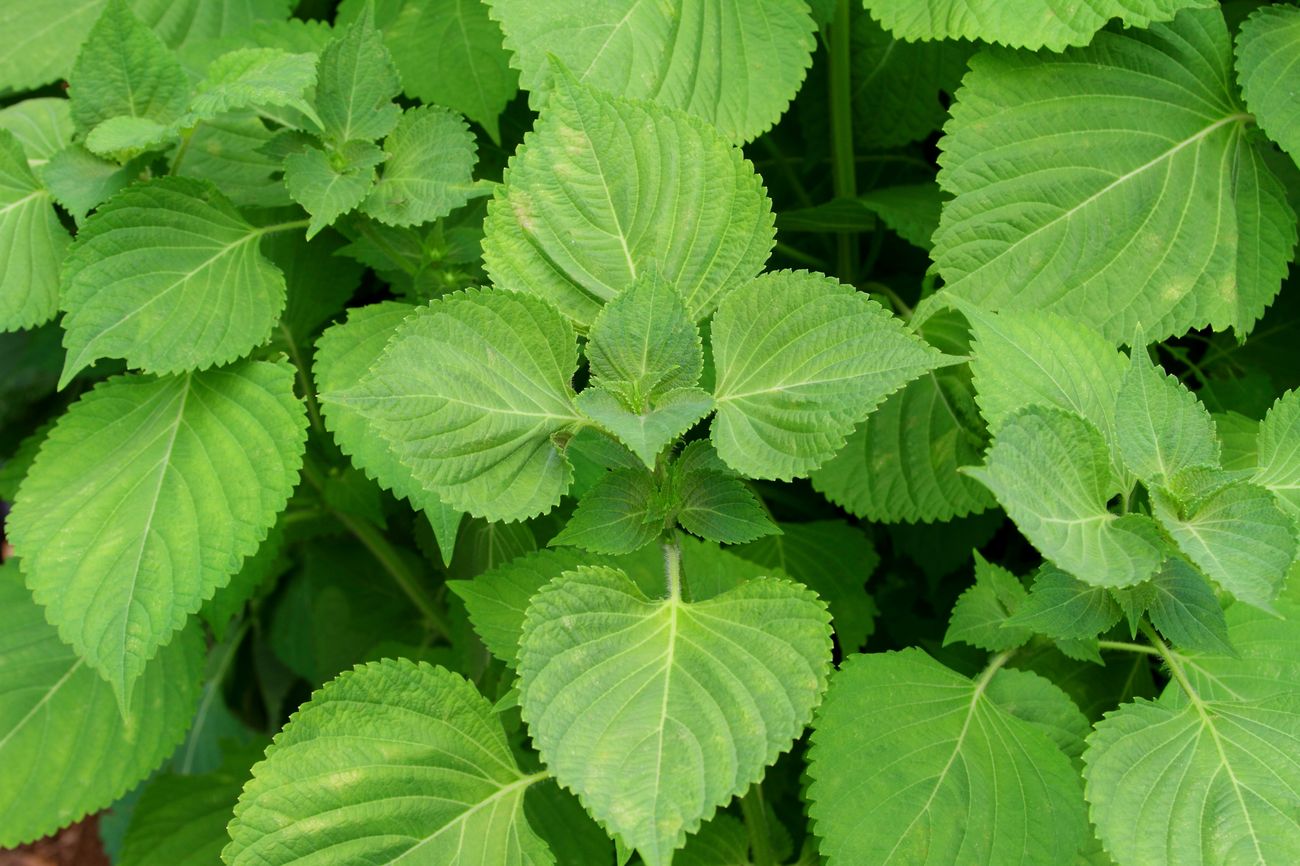
Perilla is a fascinating plant with a rich history and numerous uses. Did you know that this versatile herb is not only a staple in Asian cuisine but also has medicinal properties? Perilla leaves, often used in dishes like sushi and kimchi, pack a punch of flavor and nutrition. Beyond the kitchen, this plant's oil is prized for its health benefits, including anti-inflammatory and antioxidant properties. Gardeners love growing perilla for its vibrant purple and green foliage, which adds a splash of color to any garden. Whether you're a foodie, a gardener, or someone interested in natural remedies, perilla has something to offer. Dive into these 34 facts about perilla and discover why this plant is truly remarkable.
What is Perilla?
Perilla, also known as shiso, is a herb widely used in Asian cuisine. Its unique flavor and numerous health benefits make it a favorite among chefs and health enthusiasts alike. Let's dive into some fascinating facts about this versatile plant.
Historical Background
Perilla has a rich history that dates back centuries. Here are some intriguing historical facts:
- Ancient Cultivation: Perilla has been cultivated in East Asia for over 2,000 years.
- Medicinal Uses: Ancient Chinese medicine used perilla leaves to treat various ailments, including asthma and colds.
- Cultural Significance: In Japan, perilla leaves are often used in traditional ceremonies and festivals.
Botanical Characteristics
Understanding the plant's characteristics can help appreciate its uniqueness:
- Plant Family: Perilla belongs to the mint family, Lamiaceae.
- Varieties: There are two main varieties: Perilla frutescens (wild sesame) and Perilla frutescens var. crispa (shiso).
- Leaf Colors: The leaves can be green, red, or purple, depending on the variety.
- Aromatic Leaves: The leaves have a distinct aroma, often described as a mix of mint, basil, and anise.
Culinary Uses
Perilla's unique flavor profile makes it a staple in many dishes:
- Sushi Garnish: In Japan, perilla leaves are commonly used as a garnish for sushi.
- Korean Cuisine: In Korea, perilla leaves are used to wrap meat and vegetables.
- Vietnamese Dishes: Vietnamese cuisine uses perilla in salads and spring rolls.
- Oil Production: Perilla seeds are pressed to produce a flavorful oil used in cooking.
Nutritional Benefits
Perilla is not just tasty; it's also packed with nutrients:
- Rich in Omega-3: Perilla seeds are a great source of omega-3 fatty acids.
- Antioxidants: The leaves contain antioxidants that help fight free radicals.
- Vitamins and Minerals: Perilla is rich in vitamins A, C, and K, as well as calcium and iron.
- Anti-inflammatory Properties: Compounds in perilla have anti-inflammatory effects.
Health Benefits
The health benefits of perilla are numerous and well-documented:
- Allergy Relief: Perilla extract can help alleviate symptoms of seasonal allergies.
- Respiratory Health: It has been used to treat asthma and improve lung function.
- Digestive Aid: Perilla can help soothe the digestive tract and reduce bloating.
- Mental Health: Some studies suggest that perilla oil may help reduce symptoms of depression.
Growing Perilla
Interested in growing your own perilla? Here are some tips:
- Climate: Perilla thrives in warm, humid climates.
- Soil Requirements: It prefers well-drained, fertile soil.
- Sunlight: The plant needs full sun to partial shade.
- Watering: Keep the soil consistently moist but not waterlogged.
Fun Facts
Here are some quirky and lesser-known facts about perilla:
- Insect Repellent: Perilla leaves can be used as a natural insect repellent.
- Pet Safety: While safe for humans, perilla can be toxic to some pets, like dogs and cats.
- Cultural Symbol: In Korea, perilla is often associated with prosperity and good fortune.
- Flavor Enhancer: Perilla leaves can enhance the flavor of pickles and fermented foods.
Environmental Impact
Perilla also has an impact on the environment:
- Biodiversity: Growing perilla can help support local biodiversity.
- Soil Health: The plant can improve soil health by adding organic matter.
- Pollinator Friendly: Perilla flowers attract bees and other pollinators.
Economic Importance
Perilla plays a significant role in the economy of several countries:
- Agricultural Staple: In countries like Korea and Japan, perilla is an important agricultural product.
- Export Value: Perilla oil and seeds are exported worldwide, contributing to the economy.
- Local Markets: Farmers markets often feature fresh perilla leaves and seeds.
Future Prospects
The future looks bright for perilla, with ongoing research and development:
- Scientific Research: Scientists are studying perilla for its potential in treating various diseases, including cancer and heart disease.
Perilla: A Plant Worth Knowing
Perilla is more than just a plant. Its versatility in the kitchen, medicinal properties, and cultural significance make it a standout. From adding a unique flavor to dishes to offering health benefits like anti-inflammatory and antioxidant properties, perilla has a lot to offer. It's fascinating how this plant has been a staple in various cultures for centuries, yet many people are just now discovering its potential.
Whether you're a gardener, a food enthusiast, or someone interested in natural remedies, perilla is worth exploring. Its ease of cultivation and multiple uses make it a valuable addition to any garden or kitchen. So next time you come across perilla, give it a try. You might just find a new favorite herb that enhances your meals and supports your health.
Was this page helpful?
Our commitment to delivering trustworthy and engaging content is at the heart of what we do. Each fact on our site is contributed by real users like you, bringing a wealth of diverse insights and information. To ensure the highest standards of accuracy and reliability, our dedicated editors meticulously review each submission. This process guarantees that the facts we share are not only fascinating but also credible. Trust in our commitment to quality and authenticity as you explore and learn with us.
